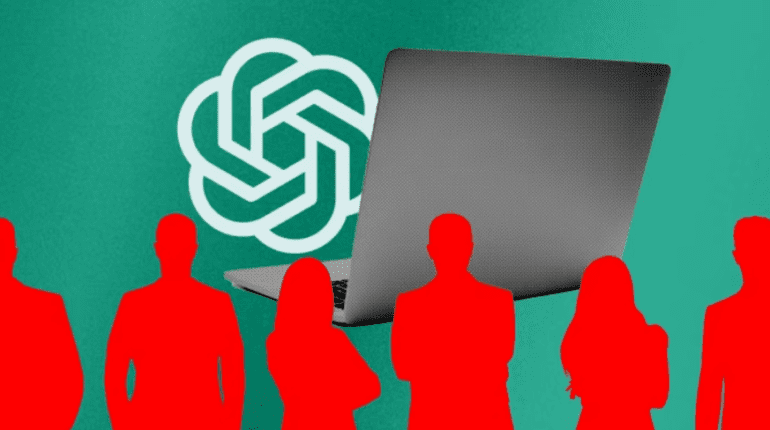TL;DR:
- OpenAI launches the Red Teaming Network to enhance AI model resilience.
- Red teaming helps identify biases and safety filter shortcomings in AI models.
- This initiative formalizes and broadens OpenAI’s collaboration with external experts.
- The network will engage experts from diverse domains, including linguistics and healthcare.
- OpenAI acknowledges the need for complementary strategies like “violet teaming.”
- However, challenges exist in incentivizing and implementing such strategies effectively.
Main AI News:
OpenAI has taken a significant stride toward enhancing the resilience of its AI systems with the launch of the OpenAI Red Teaming Network. This contracted consortium of experts is poised to play a pivotal role in informing the company’s assessment of AI model risks and strategies for their mitigation.
The importance of red teaming has escalated in the realm of AI model development, especially with the mainstream adoption of generative technologies. While it may not directly remedy issues, red teaming serves as a vital mechanism for identifying biases inherent in models such as OpenAI’s DALL-E 2. Notably, this model has been scrutinized for exacerbating stereotypes related to race and gender. Additionally, it can pinpoint pitfalls that lead text-generating models, including ones like ChatGPT and GPT-4, to inadvertently disregard safety filters.
OpenAI emphasizes that it has previously collaborated with external experts to assess and test its models, involving individuals through its bug bounty program and researcher access initiative. However, the launch of the Red Teaming Network formalizes and expands upon these endeavors. The company’s objective is to deepen and broaden its partnerships with scientists, research institutions, and civil society organizations, as detailed in a recent blog post.
In its statement, OpenAI states, “We see this work as a complement to externally-specified governance practices, such as third-party audits.” Members of the Red Teaming Network will be summoned based on their expertise to contribute to red teaming at various stages of model and product development.
Beyond commissioned red teaming campaigns, OpenAI affirms that Red Teaming Network participants will have the opportunity to collaborate on general red teaming practices and discoveries. Notably, not every member will be engaged with every new OpenAI model or product, and individual time commitments, which could range from as few as 5 to 10 hours per year, will be tailored to each member’s availability.
OpenAI extends its invitation to a diverse range of domain experts, including those with backgrounds in linguistics, biometrics, finance, and healthcare. The company does not mandate prior experience with AI systems or language models as an eligibility criterion. However, it cautions that participation in the Red Teaming Network may entail non-disclosure and confidentiality agreements that could impact other research pursuits.
OpenAI underscores the primary value it places on the willingness of experts to engage and offer their perspectives on the impact of AI systems. Applications are encouraged from experts worldwide, with a focus on selecting members who represent diverse geographical regions and domains.
Nevertheless, an intriguing question looms: is red teaming alone sufficient? Some argue that it falls short of addressing all concerns. In a recent piece, Wired contributor Aviv Ovadya, affiliated with Harvard’s Berkman Klein Center and the Centre for the Governance of AI, advocates for “violet teaming.” This entails identifying how a system, such as GPT-4, could potentially harm an institution or the public good and then devising tools using the same system to safeguard these interests. It’s a compelling notion, but as Ovadya points out in his column, there are currently limited incentives to pursue violet teaming, let alone to slow down AI releases sufficiently to allow for its effective implementation.
Conclusion:
OpenAI’s Red Teaming Network signifies a proactive step towards strengthening the integrity of AI models. By formalizing collaborations with diverse experts and addressing bias concerns through red teaming, OpenAI aims to enhance its AI systems’ resilience. However, the suggestion of “violet teaming” highlights the ongoing challenge of striking a balance between innovation and safety in the AI market, where incentives for comprehensive testing and safeguards may need further consideration.

